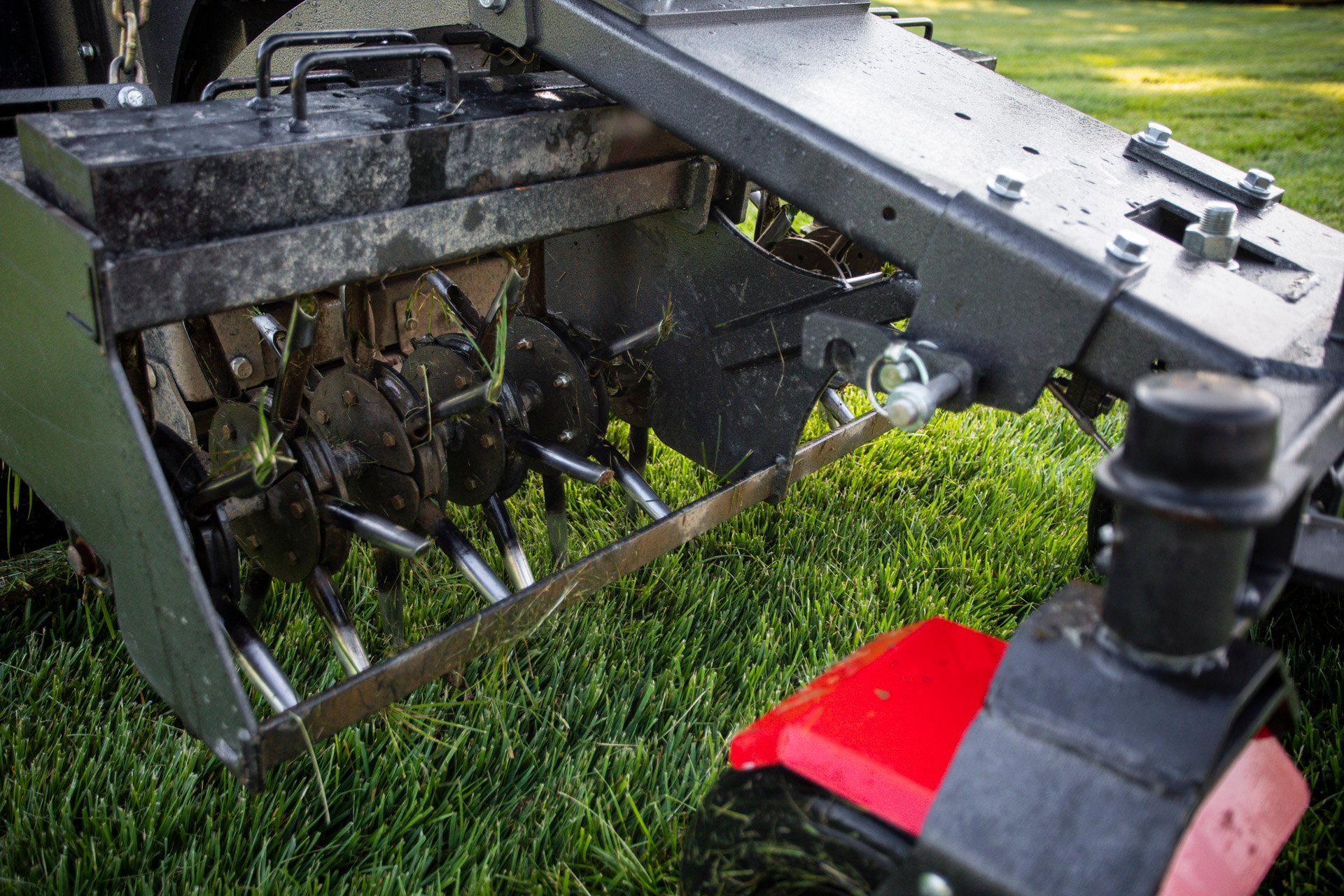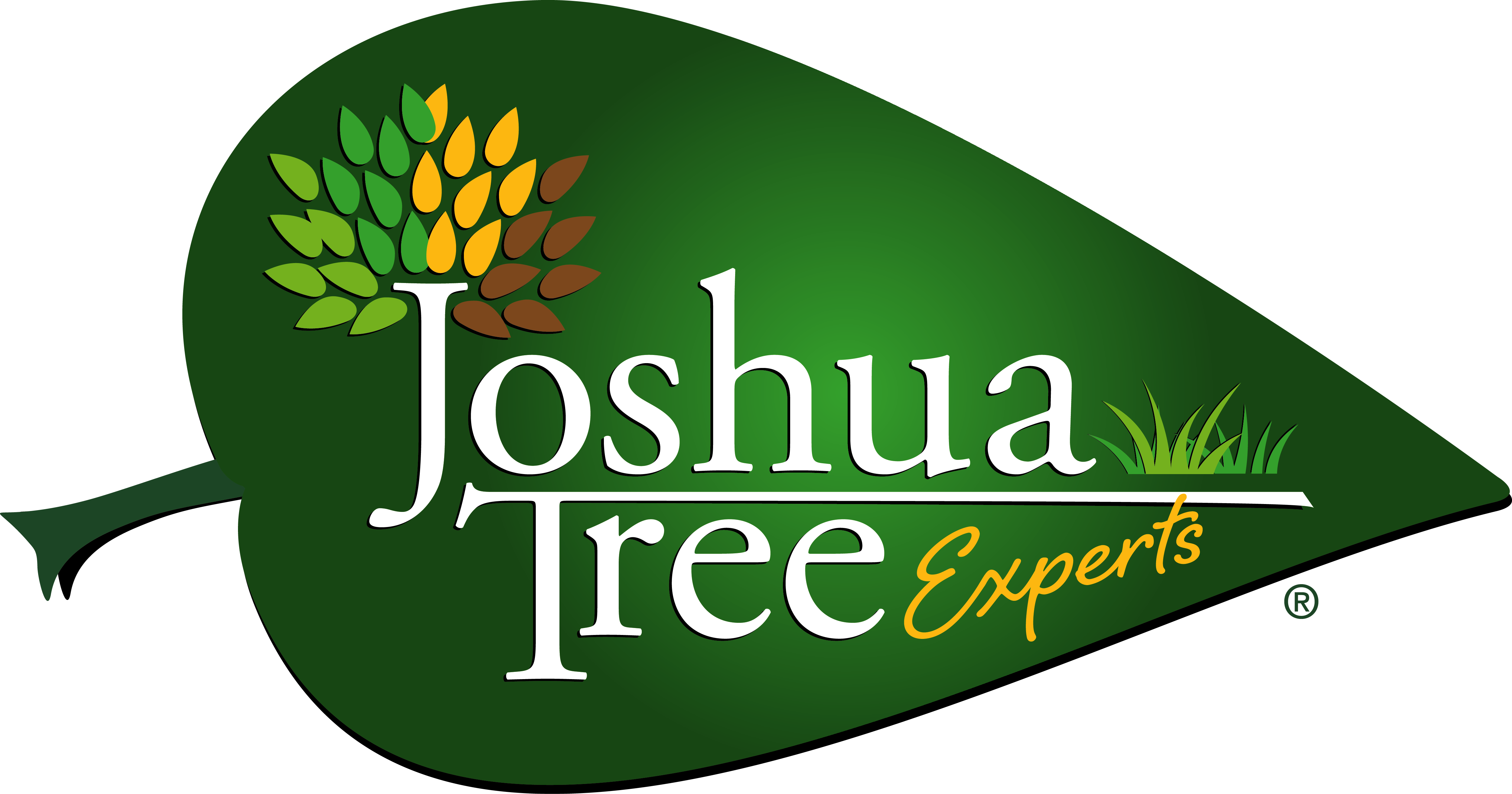The unfortunate thing about lawns is that it takes much longer to get them into pristine shape than it does for them to go downhill into an ugly spiral.
You put the time in properly mowing them, maybe even performing a few lawn care treatments, and all of a sudden, patches turn brown, weeds sprout up and you’re left with a giant mess.
The more you learn about lawn care, the more you realize that there are many threats waged against your home turf. Try and try as you may, it’s just a matter of time before your work can be undone, leaving you staring down and scratching your head, wondering just what happened.
Whether you try to tackle lawn care on your own or use a pro, we’d like you to be aware of all of your lawn’s enemies and what to do about them.
Facts About Lawn Threats
Keeping your lawn healthy means staying ahead of potential threats, like weeds, insects and disease.
- Many common lawn weeds can produce tens of thousands of seeds in just one growing season. These seeds can lie dormant in the soil for decades until they have the optimum conditions to begin to grow.
- Lawn insect damage is usually unnoticed until extensive damage occurs and frequently requires costly re-seeding to be done to lawns in the fall, incurring costs greater than just doing preventative treatments in the first place.
- Lawn disease symptoms often mimic drought stress, prompting homeowners to water affected areas and increasing the damage symptoms by creating more conducive conditions for lawn fungi to spread.
Fortunately, there are professional remedies available to homeowners.
Professional turf managers at golf courses and ballparks aerate lawn areas at least once a year to improve soil drainage, reduce thatch, and improve root development. Aeration is just as helpful in residential lawns, too.

Watering can be burdensome, but it's the most critical ingredient in maintaining a postcard-worthy yard. Most homeowners overestimate the amount of rainwater that their lawn gets each week since hard rainfall often results in a lot of runoff and inadequate soil infiltration.
Keeping up with proper watering is a great way to feed healthy grass and beat back the conditions that lead to weeds.
Credible Threats That Can Destroy Your Lawn
Regardless how healthy your lawn is, there are always foes to deal with. Here are some of the most common sources of decline and destruction to lawns.
1) Drought Stress
People often overestimate how resilient their lawns can be against drought conditions.
While the cool season turfgrasses in many lawns can survive a few weeks of dry, hot conditions, they aren’t invincible. Grass blades will start to turn brown during drought, but if moisture is absent from the soil for over 3-4 weeks, grass plants risk having permanent damage.
The best strategy to combat drought-related threats is to water your lawn regularly. Make sure your lawn is getting 1”-2” of water each week, measuring the amount of rainfall or irrigation carefully.
Be sure to water your lawn first thing in the morning, just after sunrise to reduce your chances of turf disease damage.
2) Turf Disease
Every turfgrass species is susceptible to being damaged by fungi that exist in the soil.
Given the right environmental conditions of high humidity and temperatures over 80° F for an extended time (during nighttime particularly), fungi can thrive and cause damage to grass.
The damage will first appear as spots or lesions on grass blades, but will eventually cause larger sections of grass to decline and even die.

Since you cannot change the weather, the only defense you have against turf disease is to maintain an extremely healthy lawn, and utilize fungicide treatments if your lawn care company thinks they stand a chance to save your lawn. These treatments will give your lawn about 3 weeks of protection at a time, but repeated applications may be necessary in some situations.
Proper watering, mowing and professional inspection can help mitigate the conditions that lead to lawn diseases.
3) Insect Damage
There are a few common lawn insects that predictably cause damage to lawns.
The larvae of certain varieties of beetles are called grubs, and these pests feed on the root systems of lawns, inflicting rapidly-occurring damage in late summer and early fall.

There are also a few varieties of surface-feeding insects that can also make lawns turn ugly in a hurry and cause permanent damage. Insects such as sod webworms and chinch bugs feed on the parts of grass plants above the soil, causing large areas to die-off and in a lot of cases, not recover.
Preventative lawn care treatments for these pests are your best defense and very effective in ensuring significant damage does not occur.
4) Invasive Weeds
There are dozens of common lawn weeds, but these weeds are often classed in two groups: grassy and broadleaf weeds.
Common species include crabgrass, nutsedge, rough bluegrass, orchardgrass, dandelions, clover, oxalis, plantain and wild violets, just to name a few.
A lot of weeds can be controlled by selective treatments of herbicide to your lawn, while a few remain to not have selective controls.
Another recommendation is to maintain the thickest, healthiest lawn you can to make it more difficult for weeds to invade your turf.
5) Poor Soil Conditions
One of the most misunderstood areas of lawn care is how the soil beneath a lawn interacts with grass health. The desired grass species in our area grow best in soil that is nutrient rich, holds just the right amount of moisture, and supports beneficial microbial life.
Fertilizer treatments throughout the year help to provide ample nutrients for color and vigor, but attention to soil structure is equally important. Aerating heavy, clay soils helps to reduce soil compaction, helping grass plants to grow more mature and deeper root systems.

The addition of bio-stimulant materials throughout the year also helps to create a soil profile teeming with beneficial microorganisms that assist in important natural processes.
Tackle Common Lawn Threats With Help From Joshua Tree Experts
While you may be able to face some of these lawn threats on your own, it’s very common to have one catch you off guard from time to time. Add in the complication of trying to make sure every lawn care task gets done at the optimum time, and you may be considering if it’s best to use the help of a pro.
At Joshua Tree, we are very familiar with the many lawn care threats your property may be facing. And our goal is to help create and maintain a beautiful lawn for you and allow you to enjoy spending your time focusing on other matters.
With the right care for your lawn, you’ll gain valuable peace of mind. If you’re interested in having your lawn inspected and its health assured, contact us for a free quote or give us a call at 833-JTE-TREE.




